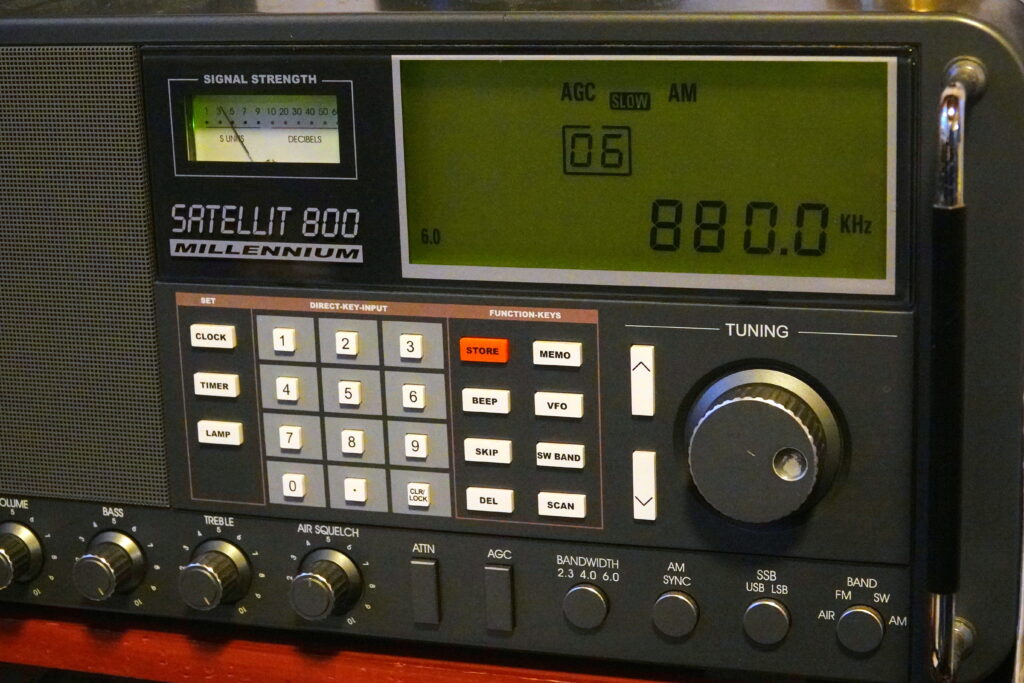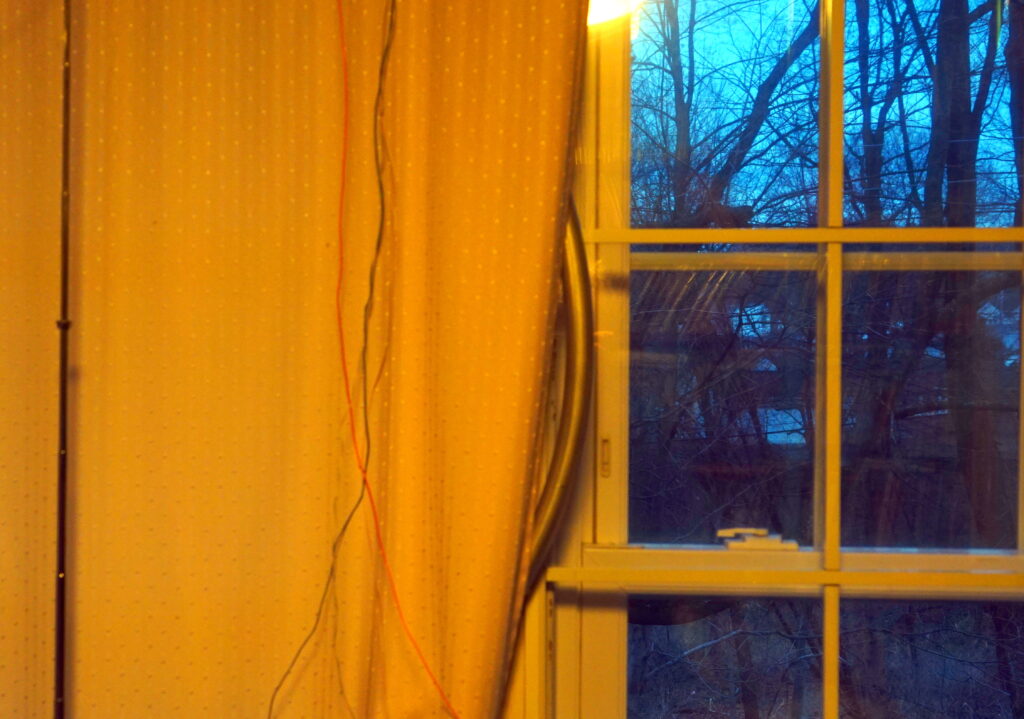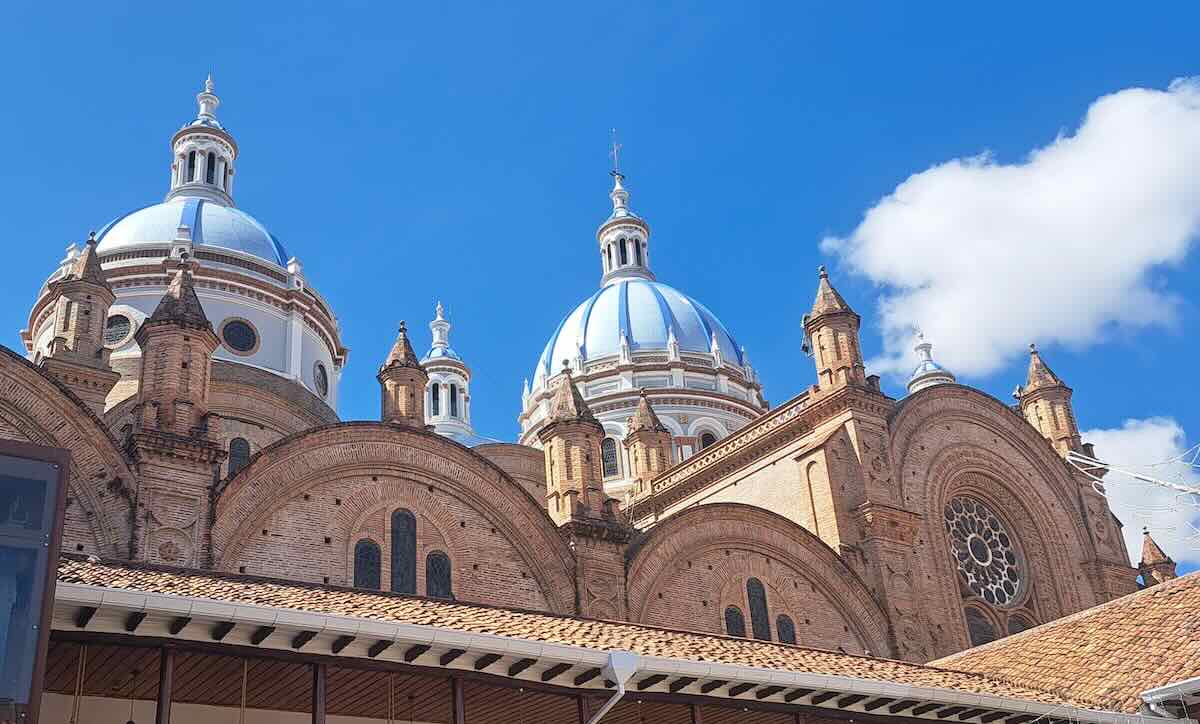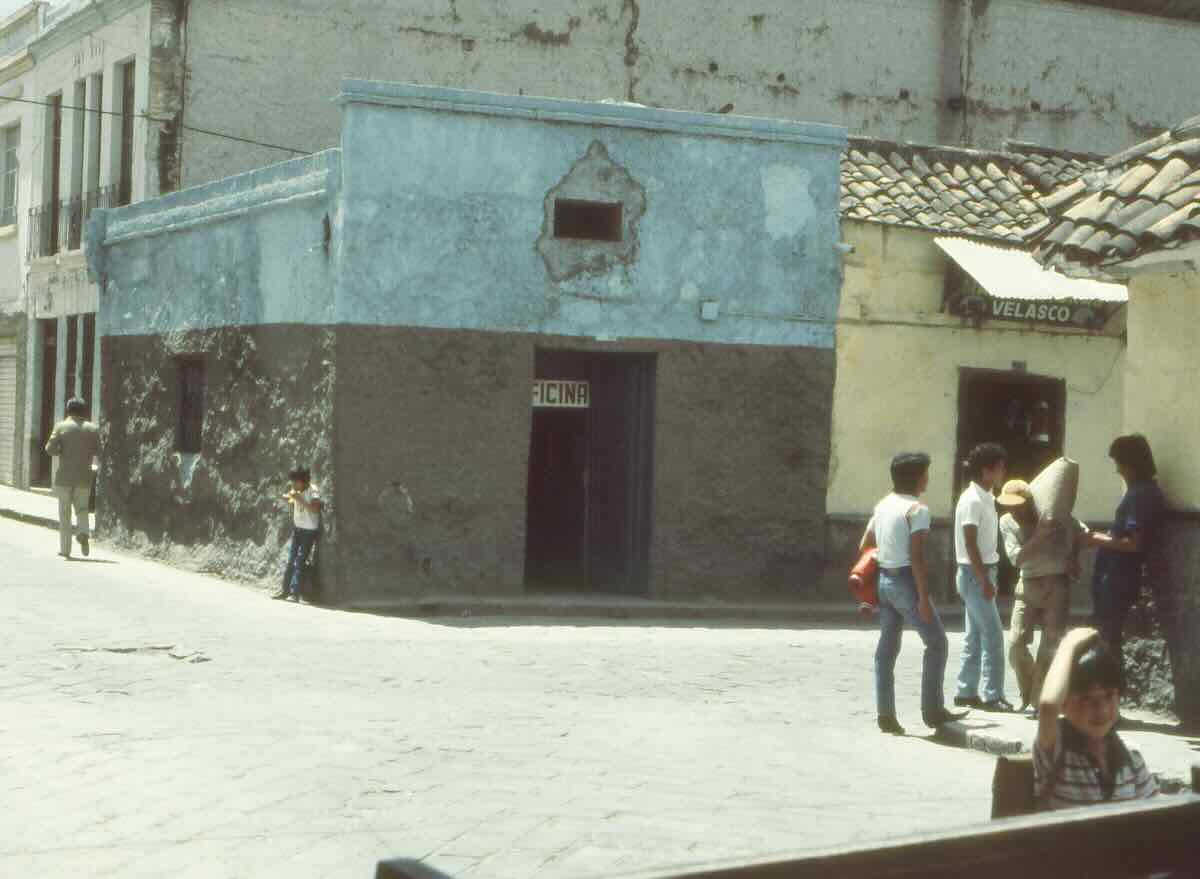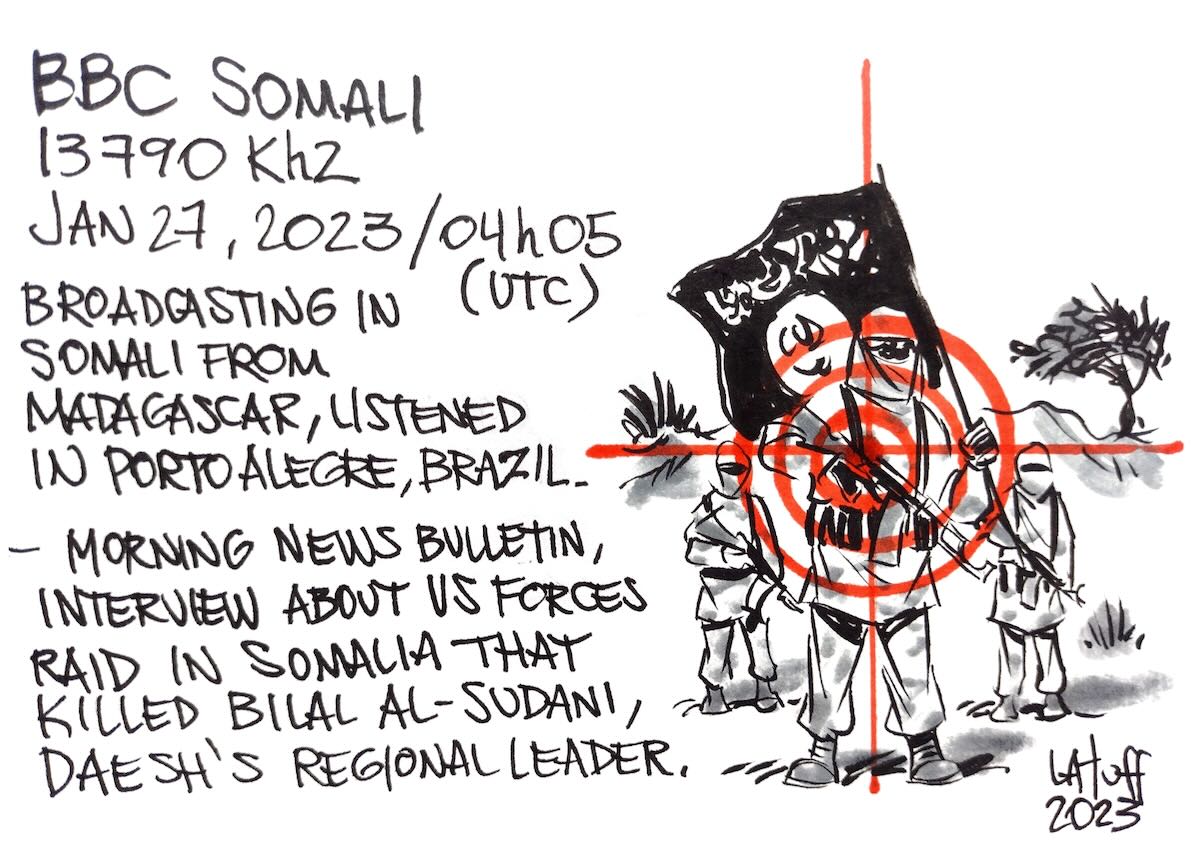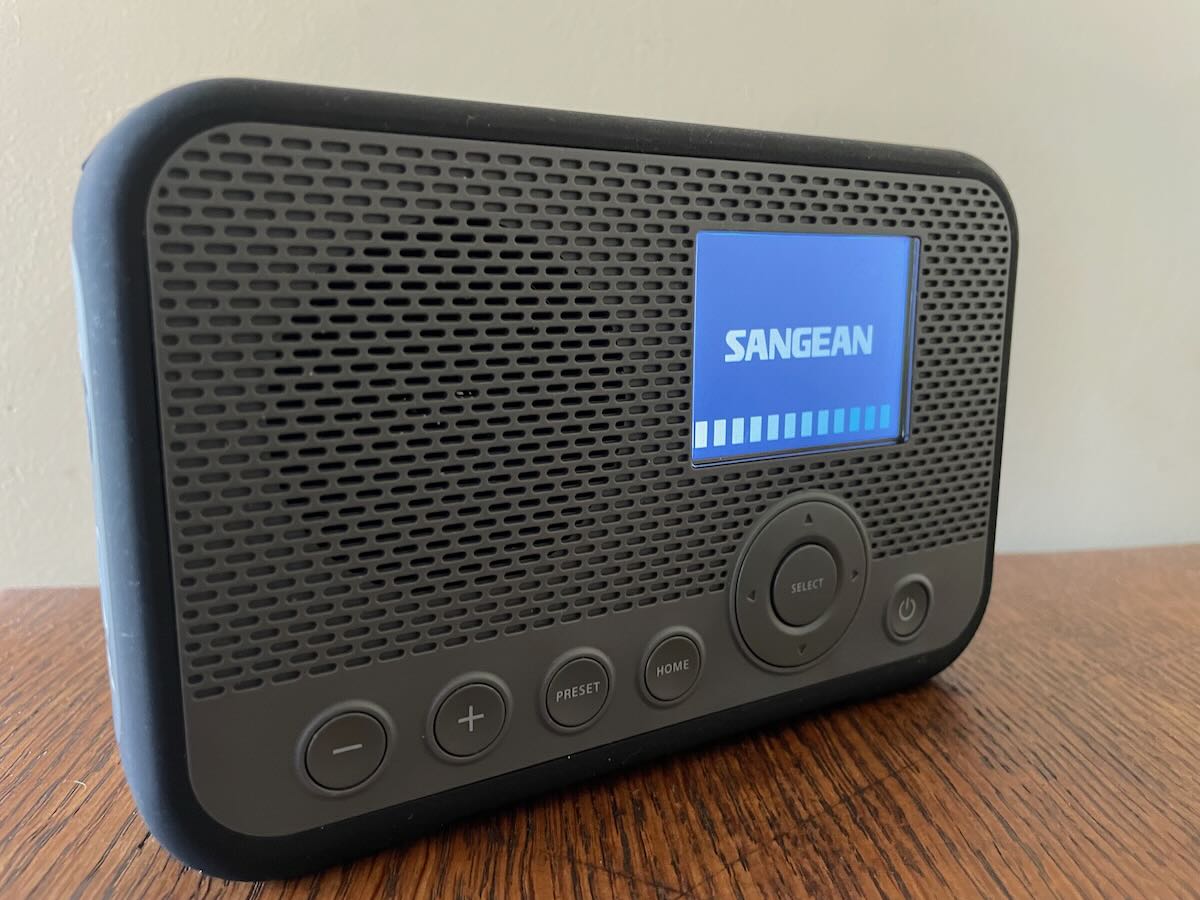Radio Waves: Stories Making Waves in the World of Radio
Welcome to the SWLing Post’s Radio Waves, a collection of links to interesting stories making waves in the world of radio. Enjoy!
Many thanks to SWLing Post contributors Dennis Dura, JP, NT, and Paul for the following tips:
Hear Absolute Radio’s 200KW Transmitter Switch Off Forever (YouTube)
Pirate Database (FCC)
Many thanks to SWLing Post contributor, JP, who shares a link to the FCC Pirate Radio database:
Pirate Database
In accordance with section 511(g) of the PIRATE Act, the following databases are provided to identify (i) each entity against whom an enforcement action for pirate radio broadcasting has been issued, and (ii) licensed radio stations.
Pirate Radio Database
Licensed AM and FM Radio Station Database
New York’s Forgotten Radio Island (Messy Nessy Chic)
As far as islands go, Manhattan is one of the most famous and instantly recognisable. But if you were to charter a boat and sail around its coastline and through New York’s natural harbour you’d come across many more islands so small that hardly anyone knows are there. There are around thirty or so of these odd little islands, all mostly uninhabited or privately owned and strictly off limits, but filled with strange tales and peculiar histories.
Many of these islands are tantalisingly close to New York City, but remain out of reach. As travel writer Robert Sullivan put it “the islands are our silent neighbours. It is easy to live here and never notice them.”
[…]This story however, is about one such tiny island, just 150 feet square, and so small you can barely spot it on Google Maps unless you knew where to look. Once known as Little Pea Island, it is located about a mile off shore from Pelham Bay Park in the Bronx, and has room enough for just one building. It has been home to a Jazz Age era swanky yacht club, a radio station and for a while, the home to a glitzy Hollywood showbiz couple who ran a morning radio show from their home on the island. The last owner recently renovated the island into a self-sufficient, five thousand square feet luxury home, which today lies empty. [Continue reading the full story…]
Device transmits radio waves with almost no power – without violating the laws of physics (The Conversation)
A new ultra-low-power method of communication at first glance seems to violate the laws of physics. It is possible to wirelessly transmit information simply by opening and closing a switch that connects a resistor to an antenna. No need to send power to the antenna.
Our system, combined with techniques for harvesting energy from the environment, could lead to all manner of devices that transmit data, including tiny sensors and implanted medical devices, without needing batteries or other power sources. These include sensors for smart agriculture, electronics implanted in the body that never need battery changes, better contactless credit cards and maybe even new ways for satellites to communicate.
Apart from the energy needed to flip the switch, no other energy is needed to transmit the information. In our case, the switch is a transistor, an electrically controlled switch with no moving parts that consumes a minuscule amount of power.
In the simplest form of ordinary radio, a switch connects and disconnects a strong electrical signal source – perhaps an oscillator that produces a sine wave fluctuating 2 billion times per second – to the transmit antenna. When the signal source is connected, the antenna produces a radio wave, denoting a 1. When the switch is disconnected, there is no radio wave, indicating a 0. [Continue reading…]
Is AM radio dead? Tesla thinks so! (YouTube)
Is AM radio dying? If you ask Tesla, it’s already dead. But what does that mean for the hundreds of local AM radio stations across the US?
Do you enjoy the SWLing Post?
Please consider supporting us via Patreon or our Coffee Fund!
Your support makes articles like this one possible. Thank you!



